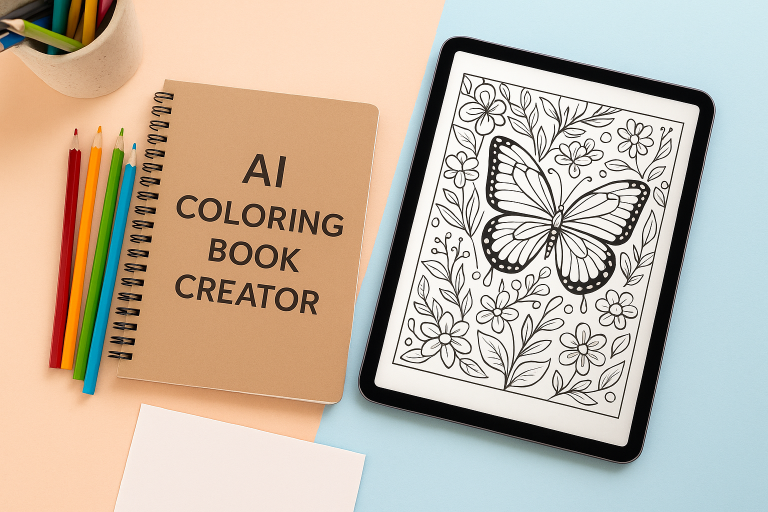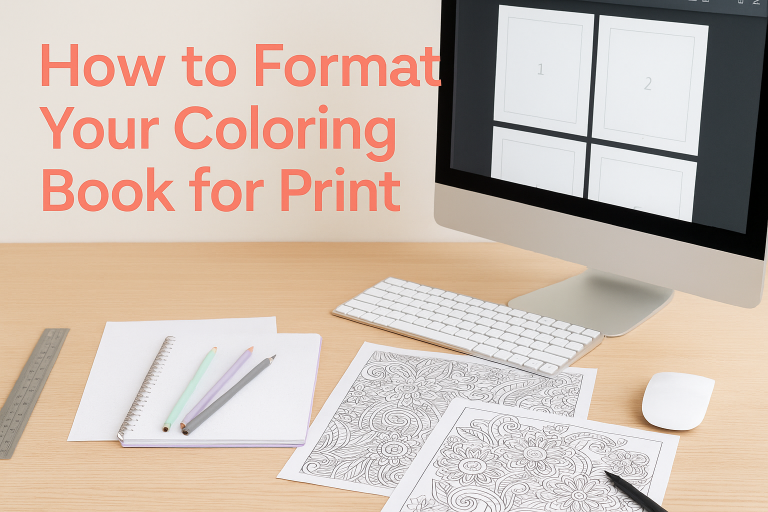Why Low Content Books Are Cheaper (And What That Means for You)
Why Low Content Books Are Cheaper (And What That Means for You)
If you’ve been browsing Amazon KDP or Etsy, you may have noticed something odd: low content books like journals, planners, and logbooks are usually listed far cheaper than traditional books. While novels or self-help guides may sit at $15–$20, you’ll often see these books priced at $5–$8.
So why exactly are low content books cheaper? More importantly, how can creators and publishers use this knowledge to make better business decisions? Let’s break it down with data, market trends, and actionable insights.

Minimal Creation Effort = Lower Cost
The first and most obvious reason: low content books require little original content.
A novel takes months (or years) to write.
A journal interior? It can be created in hours.
Many sellers rely on ready-made templates or simple design tools like Canva.
Because the creative input is minimal, the production cost is almost zero. Once a template exists, it can be reused across multiple niches.
👉 For creators, this is both an opportunity and a warning: yes, it’s easy to start, but that same accessibility means everyone else is doing it too.
Market Saturation Keeps Prices Low
Low barriers to entry = a crowded marketplace.
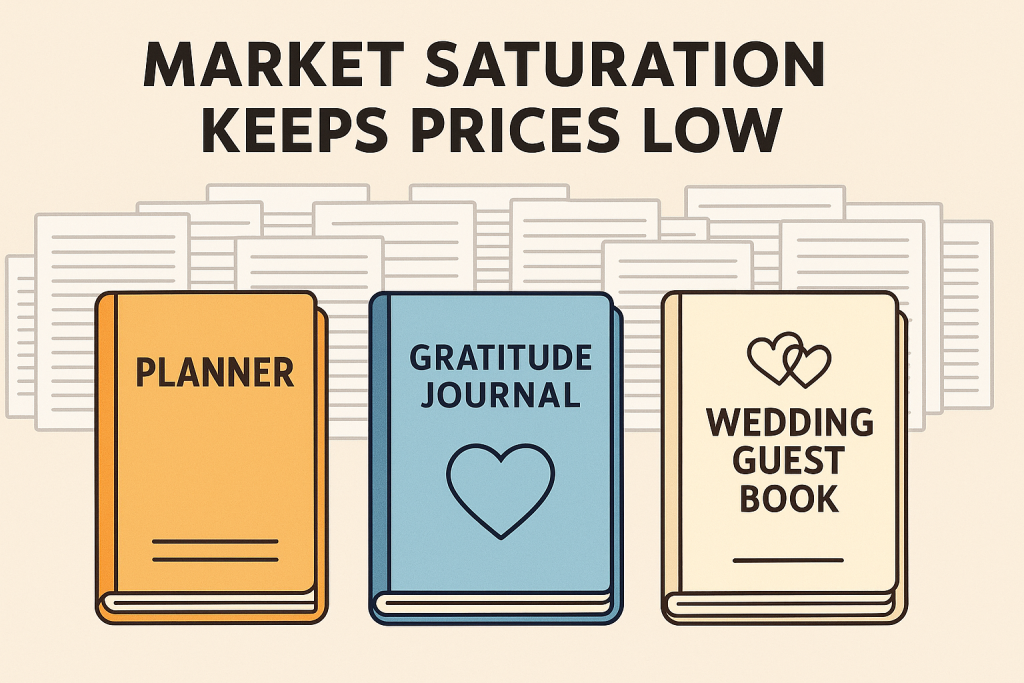
- Search “lined notebook” on Amazon and you’ll see thousands of nearly identical products.
- Popular categories like gratitude journals, planners, and wedding guest books are so saturated that sellers often undercut each other just to stay visible.
📊 According to independent KDP research, some journal categories require hundreds of monthly sales to stay on the first page. With that kind of pressure, most sellers slash their prices to compete.
💡 Tip: Don’t play the price game — play the niche game. Instead of another generic notebook, try:
- “Fishing trip logbook”
- “Homeschool daily planner”
- “Shadow work journal for women”
This micro-niche approach lets you price higher because your product speaks directly to a specific audience.
Print-on-Demand Economics Limit Pricing Power
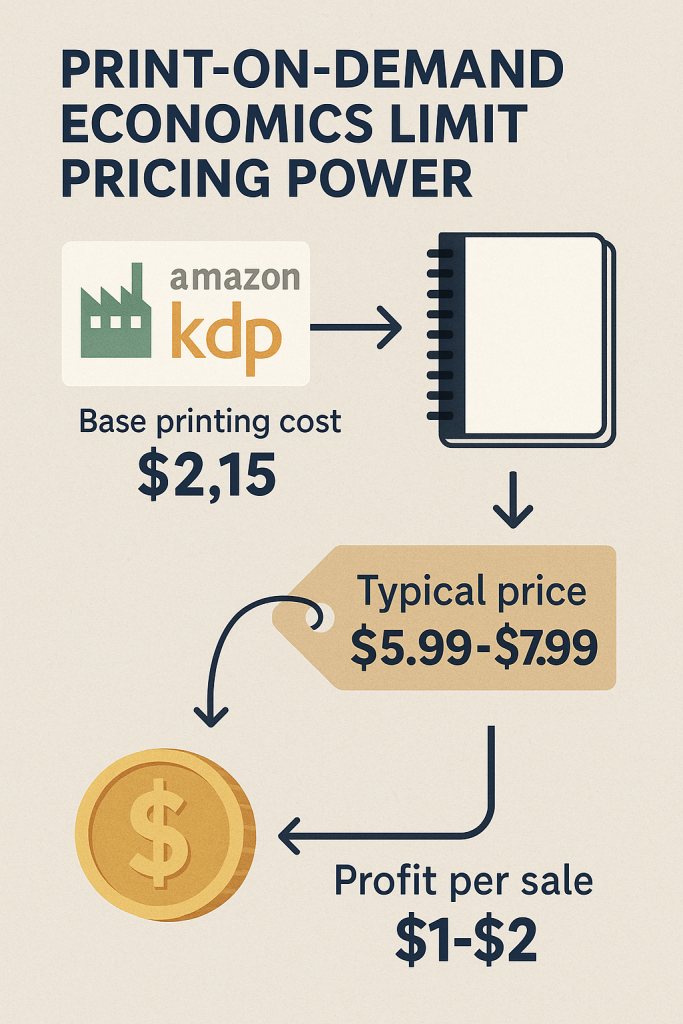
Another reason low content books are cheaper? POD (print-on-demand) production costs.
- Amazon KDP charges a base printing cost (around $2.15 for a 100-page black & white journal).
- To stay competitive, most books are priced between $5.99 and $7.99.
- That leaves sellers with $1–$2 profit per sale.
Compared to traditional publishing, which benefits from bulk printing discounts, POD margins are thin — meaning you can’t price much higher without scaring away buyers.
👉 Want to see which niches can sustain higher pricing? Our Amazon KDP Keyword Goldmine highlights categories where buyers are willing to pay a premium.
Customer Perception = “Not Worth More”

Perhaps the biggest factor: customers don’t see low content books as “real books.”
Instead, they compare them to:
- Dollar-store notebooks
- Discount planners at Walmart
- Branded journals like Moleskine
This anchors the price expectation at around $5–$7. Add to that the fact that some POD books have flimsy binding or thin paper, and buyers are reluctant to pay more.
How Creators Can Change This Perception
- Value-Stack Your Books – Add affirmations, trackers, or bonus coloring pages.
- Upgrade Design Themes – Niche themes like sci-fi, kawaii, or steampunk stand out.
- Bundle Strategically – Offer 3–4 journals as a set (e.g., $24.99 bundle).
Competition Beyond KDP
Low content books don’t just compete with other Amazon sellers. They compete with:
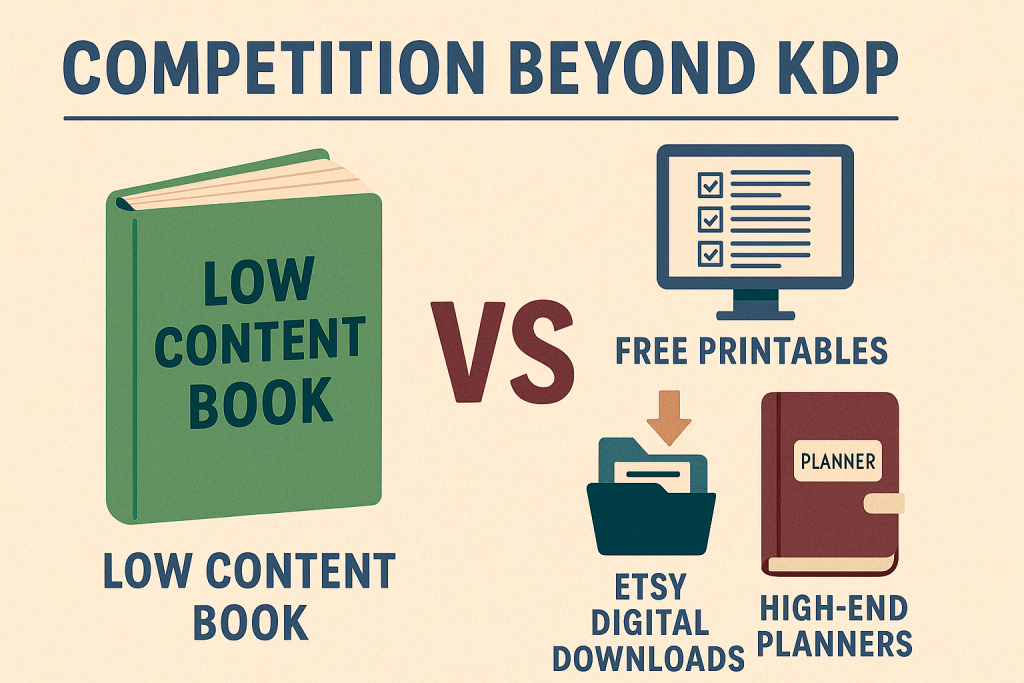
- Free printables on Pinterest
- Etsy digital downloads
- High-end planners from established brands
This external competition reinforces the expectation that low content books should be inexpensive.
💡 The solution? Position your book as a specialty tool. Instead of “just another notebook,” market it as:
- “Entrepreneur’s daily focus journal”
- “Mindfulness therapy workbook”
- “Niche-specific planner with prompts”
Innovation Is the Escape Hatch
Here’s the exciting part: you can escape the low-price trap by innovating.
Innovative Angles That Sell
- Hybrid Books: Coloring + journaling pages in one.
- Guided Workbooks: Reflection prompts, exercises, or affirmations.
- Eco-Friendly Printables: Digital versions for a green alternative.
- Gamified Journals: Activity trackers for kids or families.
By adding even one creative layer, you differentiate yourself from the “cheap” crowd and justify a higher price point.
Curious how we do this? Check out our RoboDog’s Futuristic Coloring Adventure — it’s a hybrid between art therapy and sci-fi fun.)
Why Low Content Books Are Cheaper

To recap, low content books are cheaper because:
- They’re quick and inexpensive to produce.
- Market saturation forces sellers to undercut prices.
- POD printing economics limit profit margins.
- Customer perception keeps value expectations low.
👉 But here’s the secret: if you focus on niche markets, added value, and innovation, you can break free from the race to the bottom and build a more profitable publishing business.
For more advanced strategies, don’t miss our step-by-step blueprint on building mid-content books.




